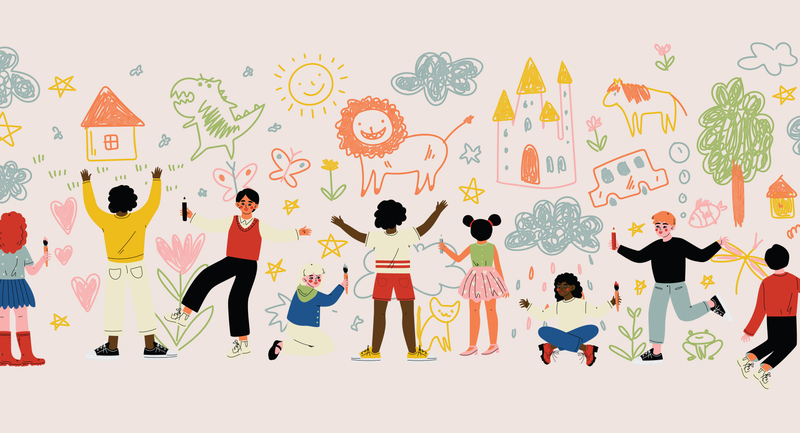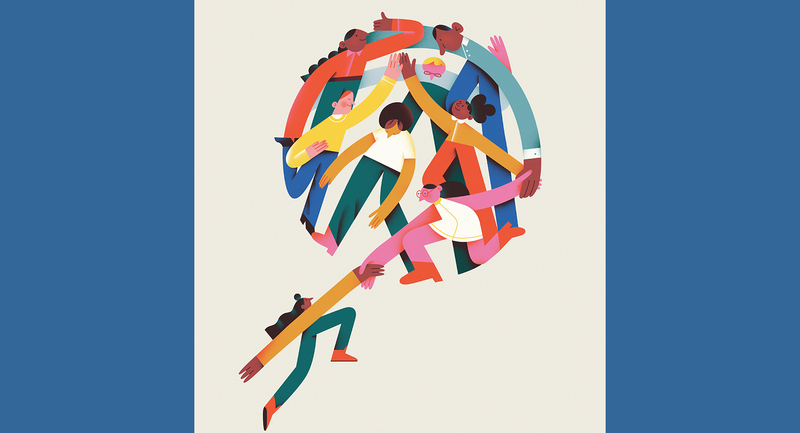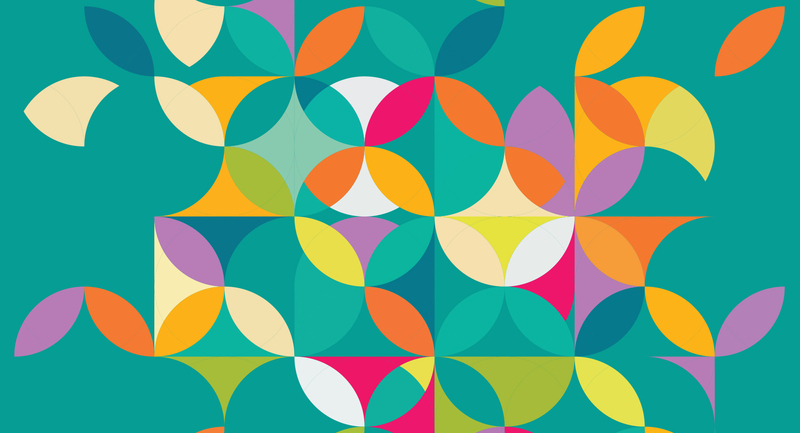Teaching is, in many ways, akin to performing non-invasive brain surgery on a couple dozen patients at a time, creating conditions that rewire students' brains to retain vast amounts of new knowledge and skills. So it's a good idea for teachers to know a thing or two about how their students' brains work—in particular, how they convert information to memory.
What exactly teachers ought to learn about the brain, though, remains an open question. Fortunately, cognitive psychology, or the study of learning, offers many powerful and practical insights for educators. While many of these insights are decades old, they've remained hidden in plain view from educators, as they're rarely taught in teacher-preparation programs (Greenberg, Pomerance, & Walsh, 2016).
How might we incorporate what we know about the brain into classrooms? A good place to start is the information processing model—a scientific explanation of the journey information takes to go from our external environment to our deep memory (Sousa, 2016). Pairing this model with research on effective teaching and learning offers many insights into not just what to do in the classroom, but why it works, which is the essence of teacher professionalism. In Bryan's new book, Learning That Sticks (Goodwin, Gibson, & Rouleau, 2020), he and his coauthors describe a six-phase model of learning and how teachers can support it.
Six Phases of Learning
Become interested. Learning begins with signals we receive from our environment via our sensory register. Scientists estimate that our brains receive roughly 11 million bits of information per second but can only process about 120 bits of information per second (Levitin, 2015). We filter all those stimuli down to a pinhole of salient information by focusing first on stimuli freighted with emotions, followed by novel or interesting stimuli (Medina, 2008). Basically, if students are to learn anything, they must first become interested in it.
Commit to learning. When we become interested in something, it enters our immediate memory, where it remains for about 30 seconds before we either ignore it or move it to the next stage of information processing. Our brains must assess whether what's in immediate memory demands further attention—if it has value, meaning, or potential reward (Sousa, 2016). For learning to occur, students must commit to learning the information or material we present to them, which they're more apt to do if they see value in what they're learning and believe they're capable of learning it.
Focus on new learning. Once we commit to learning, we begin to process what we're learning in our working memory, which is composed of a "visuospatial sketchpad" for visual information, a "phonological loop" for written and spoken language, and a "central executive" that coordinates our visual and verbal processing and retrieves prior knowledge (Baddeley & Logie, 1999). Not coincidentally, we absorb learning more readily when we receive it both verbally and visually, engaging both "sides" of our working memory. Studies show, for example, that one of the best ways to support new learning is to illustrate abstract (verbal) ideas with concrete (visual) examples (Pashler et al., 2007), such as pairing an abstract definition of food chain ("a hierarchical series of organisms each dependent on the next as a source of food") with a visual, concrete example (e.g., insects → birds → bobcats).
Make sense of learning. Our working memories have limitations, including "timing out" after 5 to 20 minutes of focused attention (Medina, 2008). On top of that, we can only juggle a few bits of information at a time. Given these limitations, it's important to chunk instruction into brief (5- to 10-minute) segments that give students time to make sense of new content by thinking about it, categorizing it, and connecting it to prior learning.
Practice and reflect. At this point, there's only one way to move learning into so-called long-term memory: repetition, which causes a substance called myelin to grow around newly formed neural pathways, helping them fire together to automate a new skill or mental connection (Bengtsson et al., 2005). The best form of repetition is distributed practice—sessions spread over days or weeks—versus information crammed together in an intensive massed practice session. In addition, quizzing ourselves on new learning (self-evaluation) and straining to recall new learning (retrieval practice) supports long-term memory better than common (but largely ineffective) strategies like re-reading, highlighting text, or writing summaries (Dunlosky et al., 2013).
Extend and apply. Long-term memory consists of two different functions: storage and retrieval. This explains why we sometimes must "jog" our memory: we've stored information, yet have too few hooks to retrieve it. Cognitive science shows that the more richly we encode new learning—that is, the more associations or connections (including personal ones) we make to it—the easier it for us to retrieve (Dunlosky et al., 2013). So to both store and retrieve learning, students need opportunities to extend and apply their learning through novel and real-world applications, such as using mathematical formulas to solve complex real-world problems, comparing history to current events, or making personal connections to literary works.
These briefly described phases of learning just scratch the surface, of course, of what we know about the brain and learning. Hopefully, though, educators will find some elegant simplicity in this model—one that reflects the complexity of brain science while remaining lucid enough to guide the design of instructional opportunities that engage students in deep learning.








